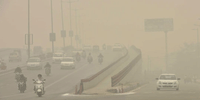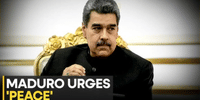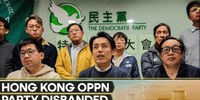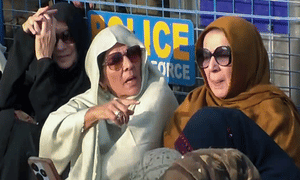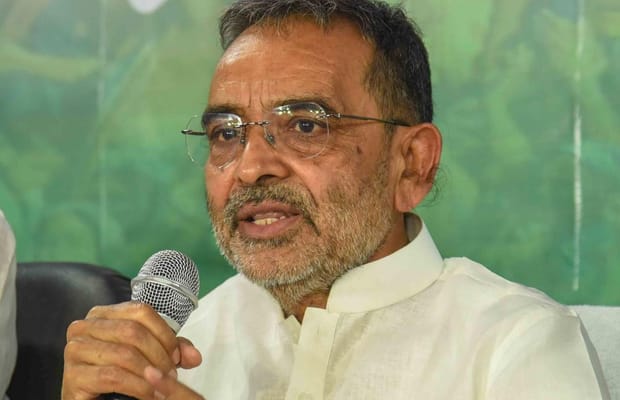
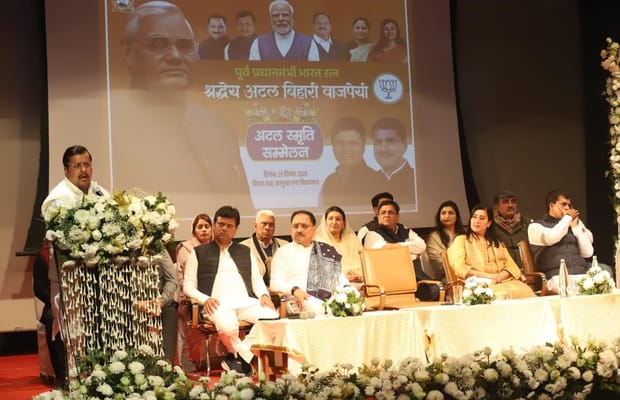







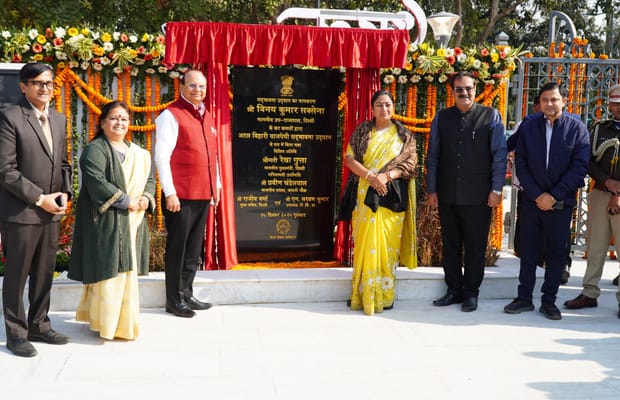

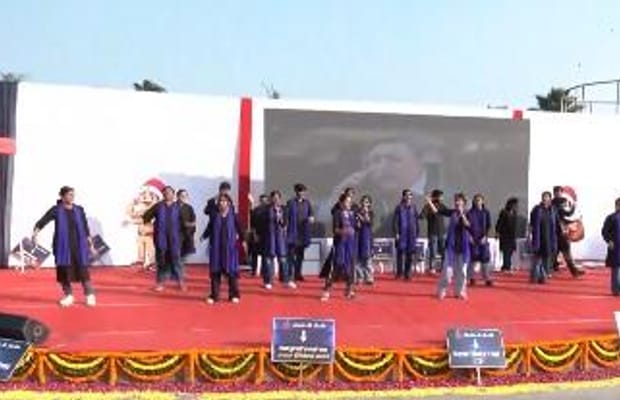
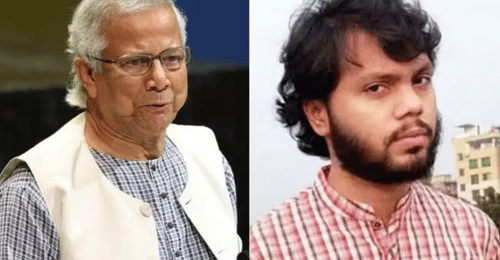
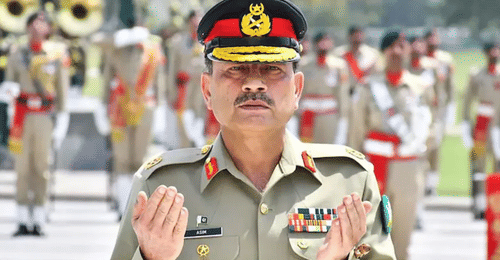
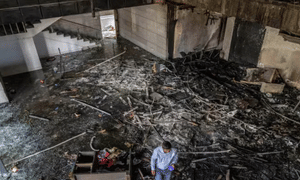
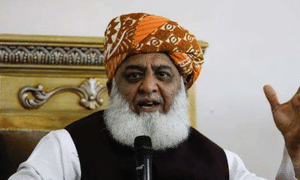



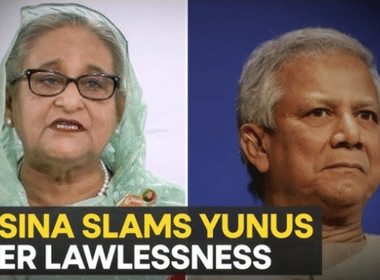





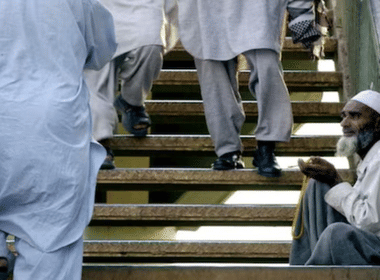

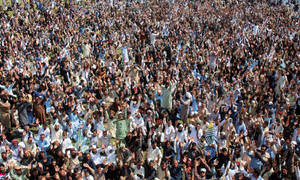
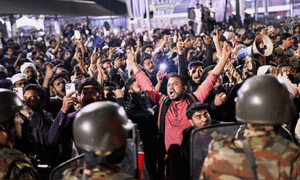
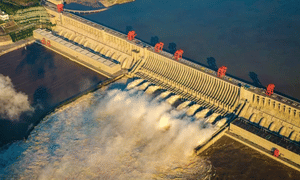

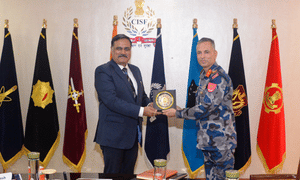
The Central Industrial Security Force (CISF) organized a study programme for 19 officers from the Nepal Armed Police Force (APF). As Nepal’s only paramilitary force, the APF is tasked with internal security, VIP protection, and the safeguarding of vital installations, according to the CISF. Nepal holds a special position as a priority partner under India’s ‘Neighbourhood First’ policy, and the relationship is reinforced through regular high-level exchanges. In August, Indian Foreign Secretary Vikram Misri met Nepal’s Chief of Army Staff, Suprabal Janasewashree Gen Ashok Raj Sigdel, at the Nepal Army headquarters in Kathmandu. During the ceremony, he handed over a set of defence and medical equipment, including Light Strike Vehicles, critical care medical equipment, and military animals, as part of India’s ongoing defence cooperation with Nepal.
The Indian Embassy highlighted that this transfer of equipment reflects the close ties between the two armies and underscores the long-standing trust and partnership that defines India-Nepal relations. Both countries maintain extensive and mutually beneficial defence and security cooperation, with their armies sharing a harmonious relationship built on trust and respect.
The Ministry of External Affairs also emphasized that the deep-rooted civilizational and cultural connections between India and Nepal are mirrored in strong people-to-people links. Initiatives such as these, including study programs, equipment transfers, and high-level visits, demonstrate India’s commitment to nurturing robust defence ties and maintaining strategic partnership with Nepal. This cooperation exemplifies the enduring friendship and collaborative spirit between the two nations, strengthening security, trust, and regional stability.
Disclaimer: This image is taken from CISF.
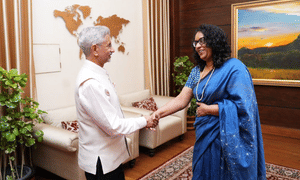
External Affairs Minister S. Jaishankar met Sri Lanka’s Prime Minister Harini Amarasuriya in Colombo on Tuesday, reaffirming India’s support for the country’s reconstruction following Cyclone Ditwah. He highlighted the proposed USD 450 million assistance package, describing it as a reflection of the strong bond between the two nations.
“Good to meet Prime Minister Harini Amarasuriya in Colombo today. Assured India’s steadfast commitment to Sri Lanka’s rebuilding post-Cyclone Ditwah. The reconstruction package offered by India reflects the deep bond between our nations,” Jaishankar said in a post on X. Earlier, he met Sri Lankan President Anura Disanayake, conveying Prime Minister Narendra Modi’s warm wishes and solidarity in the cyclone’s aftermath. Jaishankar emphasized India’s swift response under Operation Sagar Bandhu and announced plans to expand support for long-term recovery.
The USD 450 million package will fund the rehabilitation of roads, railways, and bridges, reconstruction of destroyed or damaged houses, and restoration of health and education facilities affected by the cyclone. Jaishankar also inaugurated a 120-foot dual-carriageway Bailey Bridge in Kilinochchi District, installed as part of Operation Sagar Bandhu. The 110-tonne bridge was airlifted from India to aid severely affected areas.
Highlighting India’s immediate relief efforts, he noted that around 1,100 tonnes of relief material and 14.5 tonnes of medical supplies were delivered. He added that Prime Minister Modi has directed officials to coordinate closely with the Sri Lankan government to identify rebuilding priorities. The proposed assistance includes USD 350 million as a concessional line of credit and USD 100 million in grants, structured in close consultation with Sri Lanka to ensure funds address the most critical recovery needs.
Disclaimer: This image is taken from X/@DrSJaishankar.
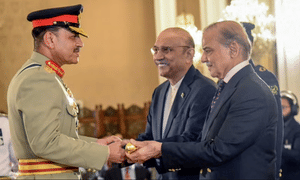
Pakistan’s Chief of Army Staff, Field Marshal Asim Munir, has stirred controversy by asserting that the country received “divine help” during its recent military clash with India. Speaking at the National Ulema Conference in Islamabad earlier this month, Munir claimed that this divine intervention was evident during the intense fighting that followed India’s Operation Sindoor in May 2025. The speech was broadcast on local television on 22 December 2025, amid ongoing regional tensions and debates over the role of religion in Pakistan’s military strategy.
The conflict Munir referenced began on 7 May 2025, when India launched Operation Sindoor in response to the Pahalgam attack in Indian-administered Kashmir, which killed 26 civilians. Indian forces targeted terror infrastructure in Pakistan and Pakistan-occupied Kashmir (PoK), prompting a swift Pakistani counter-response. Four days of sharp military exchanges, including airstrikes, artillery duels, and cross-border skirmishes, ended with a de-escalation agreement on 10 May.
Munir framed the clashes as not merely a tactical standoff but a spiritually ordained success, drawing parallels between contemporary Pakistan and the early Islamic state established by Prophet Muhammad. He cited Quranic verses to underscore Pakistan’s alleged divine favour and claimed that, among 57 Muslim-majority nations, Pakistan uniquely serves as the “protector of Haramain Sharifain”—the holy sites of Mecca and Medina. “We felt it (divine help),” Munir said, referring to perceived supernatural aid during the engagements. Analysts interpret this as an effort to boost domestic morale and legitimize military actions through religious authority, a recurring theme in Pakistani military discourse.
Munir also addressed threats along Pakistan’s western border with Afghanistan, issuing an ultimatum to the Taliban to choose between alliance with Pakistan or support for the Tehreek-e-Taliban Pakistan (TTP). He alleged that 70% of TTP militants infiltrating Pakistan are Afghan nationals and held Afghanistan accountable for resulting civilian casualties.
Additionally, Munir emphasized that only the state has the authority to declare jihad, warning clerics against issuing independent fatwas. This stance appears aimed at consolidating military and ideological control over religious and militant activities within Pakistan. The speech followed Munir’s recent promotion to Field Marshal—a rare honor symbolizing his preeminence within Pakistan’s military-dominated power structure. The official transcript of his 10 December address has not been released, adding opacity to his statements.
Munir’s claims of divine intervention have drawn criticism in India, where Operation Sindoor is viewed as a precise counter-terror operation that exposed weaknesses in Pakistan’s defenses. Pakistani claims of supernatural assistance contrast with Indian accounts, which reported significant Pakistani losses, including downed aircraft and disrupted launchpads.
Experts see Munir’s rhetoric as part of a broader effort to Islamize Pakistan’s national security narrative, strengthening public support amid economic and internal security challenges. By portraying Pakistan as a divinely ordained protector of Islam’s holiest sites, he reinforces the justification for assertive policies against India and the TTP—a fusion of faith and force reminiscent of past conflicts, including the 1965 and 1971 wars.
Regionally, the speech risks heightening Indo-Pak tensions, even after the May ceasefire. While India emphasizes a zero-tolerance approach to cross-border terrorism, Pakistan relies on asymmetric warfare and religious mobilization. International observers, including the U.S. and China, have remained cautious, wary of triggering a nuclear flashpoint. Domestically, Munir’s remarks reinforce the army’s self-image as the guardian of Islamic destiny, amplified through state media and religious alliances. Critics, however, argue that such militarized theology stifles pluralism and encourages extremism.
Looking ahead, Munir’s statements suggest no immediate easing of Pakistan’s confrontational stance. His warnings to Afghanistan could escalate border tensions, while claims of divine backing against India may embolden hardliners. As 2025 ends, South Asia faces potential instability, with Munir’s promotion and rhetoric positioning him as the architect of Pakistan’s martial-religious strategy. His speech underscores the persistent challenge of religion in Pakistan’s security calculus, where spiritual narratives often overshadow strategic realities, reinforcing India’s need for vigilance against hybrid threats combining terror and propaganda.
Disclaimer: This image is taken from Indian Defence News.
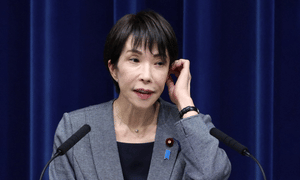
Japan reaffirmed its long-standing pledge not to possess nuclear weapons, following reports that a senior security official suggested the country should acquire them to deter potential threats. The unnamed official, reportedly from Prime Minister Sanae Takaichi’s office, argued that worsening security conditions justified nuclear weapons but acknowledged that pursuing them would be politically challenging, according to NHK and other media outlets. At a regular press briefing in Tokyo, Chief Cabinet Secretary Minoru Kihara confirmed that Japan’s nuclear policy remains unchanged but declined to comment on the official’s remarks or the individual’s future in government.
A Reuters investigation in August noted growing political and public support in Japan for reconsidering its three non-nuclear principles, driven partly by doubts over the reliability of US security guarantees under President Donald Trump and rising threats from nuclear-armed China, Russia, and North Korea. Japan hosts the largest overseas US military presence and has relied on its security alliance with Washington for decades.
Some lawmakers in Takaichi’s ruling Liberal Democratic Party have proposed allowing US nuclear weapons into Japan via submarines or other platforms to strengthen deterrence. Last month, Takaichi fueled debate by not clarifying whether her administration’s upcoming defense strategy would alter the three non-nuclear principles.
Stephen Nagy, a professor of politics at International Christian University in Tokyo, said that such “trial balloons” help gauge public and political consensus on potential security policy changes. He added that Beijing’s assertiveness and growing missile cooperation between Moscow and Pyongyang are pressuring Japan to reconsider its security stance.
However, discussions about acquiring or hosting nuclear weapons remain highly sensitive in the only nation to have suffered atomic bombings, with the potential to strain relations with neighboring countries like China. Tensions between Tokyo and Beijing escalated last month after Takaichi stated that a Chinese attack on Taiwan threatening Japan could be considered a “survival-threatening situation,” potentially prompting a military response.
Disclaimer: This image is taken from Reuters.



Thailand’s Pheu Thai Party has selected 46-year-old academic Yodchanan Wongsawat, a nephew of former prime minister Thaksin Shinawatra, as its leading candidate for the premiership in the February election. The move brings the influential Shinawatra family back into focus as Thailand grapples with deadly border clashes with Cambodia and internal challenges within the party. Andrea Heng and Hairianto Diman discuss the implications of his candidacy for party cohesion, border security, and the country’s political trajectory with Kevin Hewison, Emeritus Professor at the University of North Carolina, Chapel Hill.
Disclaimer: This Podcast is taken from CNA.

Starting 6 pm tomorrow (13 Dec 2025), train commuters can check a single webpage for updates on trip delays. Daniel Martin talks with Professor Raymond Ong, Transport Analyst and Deputy Head (Research) at NUS’s Department of Civil and Environmental Engineering.
Disclaimer: This podcast is taken from CNA.

Across the globe, Gen Z is moving beyond online activism and taking to the streets — pushing back against existing systems, highlighting inequality, and demanding a future they can trust. Many young people feel increasingly shut out, with rising youth unemployment and shrinking economic opportunities adding to their frustration. We speak with CNA senior correspondent Wei Du, who followed a wave of Gen Z demonstrations in Asia for an Insight documentary, and Dr. Eugene Mark, Fellow and Co-coordinator of Thailand Studies at the ISEAS–Yusof Ishak Institute, to understand the forces behind this new wave of youth-driven protests.
Disclaimer: This Podcast is taken from CNA.

A recent study reveals that maintaining a sense of control is crucial for ageing well. Seniors who retain independence and the ability to make their own decisions tend to be healthier and happier. Post-retirement, men often face more challenges, whereas women’s social networks help them stay resilient. The research underscores the significance of purpose, social connections, and dignity in later life. Andrea Heng and Genevieve Woo discuss the study with A/P Justina Tan, Vice President of Strategic Partnership and Engagement at SUSS.
Disclaimer: This podcast is taken from CNA.



